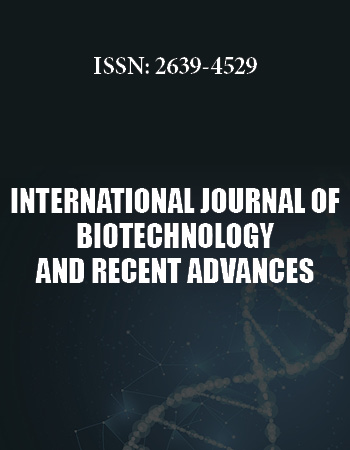International Biotechnology and Research Conference
April 25-27, 2018 Rome, Italy
A Comprehensive Dynamic Model of Gut Microbiome
1Department of Biology and Biological Engineering, Chalmers University of Technology, Sweden
2Novo Nordisk Foundation Center for Biosustainability, Technical University of Denmark, Denmark
3Wallenberg Center for Protein Research, Chalmers University of Technology, Sweden
4Departamento de Ingeniería de Procesos e Hidráulica, Metropolitan autonomous University, Mexico
Human microbiome, predominately residing in the large intestine constitutes a vastly complex ecosystem encompassing trillions of bacterial cells belonging to hundreds of species/taxa, have recently been revitalized as its extraordinary symbiosis relationship with host during their coevolution history. Long period ecological stability of this complex system with balanced composition is extremely critical to maintain host well-beings by exerting beneficial influence on host immune system development, energy harvest and reproductive physiology mediation. Advances in metagenomics and 16S pyrosequencing promote enormous efforts in uncovering the association between distinct microbial composition and specific host disease progress. Nevertheless, phenomenological prediction of correlation pattern through using taxonomic and genetic repertoire as a proxy of gut content cannot reveal the underlying deterministic processes. Knowledge that demonstrates the non-neutral assembly process of this complex ecosystem is required to develop ecosystem-wide incorporation approach that reveal ecological principles underlying the community assembly, however is still scarce. The challenges impeding theoretical development of decoding gut microbial ecosystem complexity are rooted in three indiscerptible aspects: i) endogenously, the inherently emergent complexity arising not simply due to the inextricable number of components the system is composed of, but rather of time-dependent and non-linear way that these components interact. ii) exdogenously, multi-dimensional host-microbe metabolic axes which contain a series of environmental factors, such as physical force, water absorption, hydrodynamics of colon microenvironment, initial colonization from maternal hand-over and subsequent diet regime that microbiota are exposed to have driven the complex and dynamic development trajectory is crucial while challenging to reveal the hidden ecological forces. iii) Spatial heterogeneity of microbial localization which play a significant impact on microbiota stable colonization and disease development should be incorporated into the model. Therefore, we develop a multi-dimension modeling framework that comprehensively address aforementioned bottlenecks hereby could be used to predict the microbiome shaping landscape and development process from newborn to first year life. Our approach, incorporates both dynamic behavior of individual species and community assembly rules which is supervised by resource allocation strategy in an intelligent way that is updated in context-dependent environment, hereby begetting higher-order community fitness function and elucidating the microbial-microbial interactions from the ecological perspective. The complex interaction network among host, microbiome and diet are implemented through the transport phenomena involving colon longitudinal direction and cross sectional direction that link differentiated phases which would shape the corresponding metabolic dynamics of spatially-specific microbiome. Our approach is applied to predict the infant microbiome evolution process. Both the microbial development process and microbial composition profile at known stages are reproduced by our model, through comparing our prediction of fecal composition with the measured 16S-rRNA data. Besides, our model predict the time-resolved metabolic and microbial profiles inside colon that is not accessible in vivo. Our in silico predictions are consistent with reported phenomena very well. Therefore, the integrative models proposed in our work would be of paramount importance to deconvolvethe embedded complexity and achieve the final controllability by simultaneously encompassing the most challenging issues in gut ecosystem across temporal and organizational scales, contextualized with human physiology.
Biography:
She is a postdoc in Chalmers University of Technology, the major project she working is to investigate dynamic modeling of gut microbiota and how its interaction relationship with host, contributing to host health. Before coming to Chalmers, she graduated from Shanghai Jiao Tong University and got her PhD degree there. During her PhD study, she have been in Purdue University for two years as a visiting Scholar.


